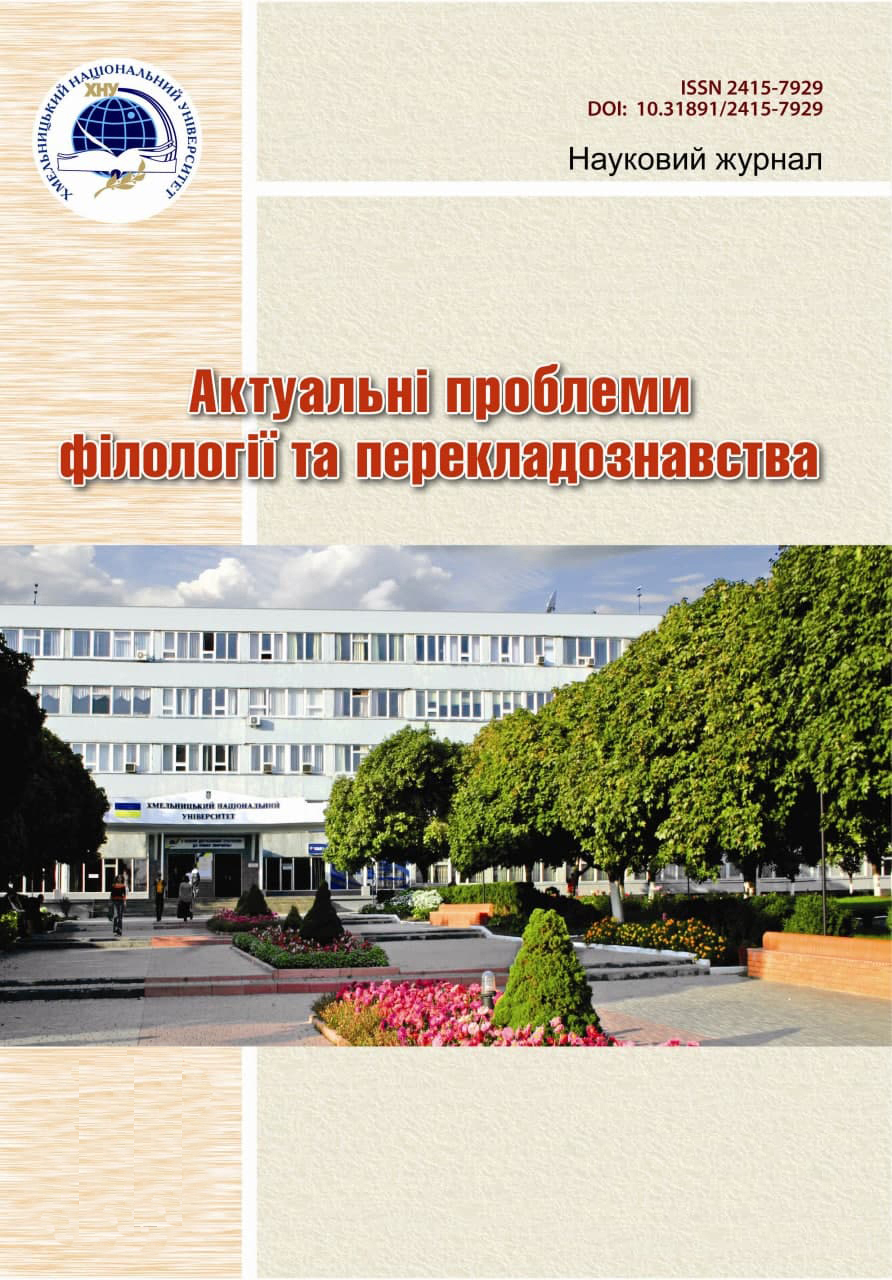LANGUAGE AND COMMUNICATIVE FEATURES OF FUNCTIONING OF ETIQUETTE FORMS IN UKRAINIAN AND POLISH LANGUAGES
DOI:
https://doi.org/10.31891/2415-7929-2020-20-6Keywords:
language / speech etiquette, linguistic etiquette, culture of communication, formulas of speech etiquette, communicative situation, intercultural communication, Ukrainian/Polish languagesAbstract
The culture of communication is a component of human culture in general. Speech etiquette forms a person's behavior – encourages him to behave in a certain way in accordance with a specific situation in which it can very clearly see the impact of language on a person and his behavior, national consciousness etc. The culture of communication is always characterized by ethnic characteristics, national identity, and speech etiquette should be considered as a phenomenon that reproduces the mentality of people. The theoretical foundations of speech development are based on the achievements of linguistics, linguodidactics, psychology, psycholinguistics, sociolinguistics, communicative linguistics, and speech etiquette becomes the subject of research for linguists dealing with pragmatics, sociology, psychology and psychology.
Today, the role of active interpersonal and intercultural communication in a multicultural environment is undeniable. Our time is a time of communications, even electronic-computer, however in any communication a culture of communication is necessary. The interaction of Polish and Ukrainian languages, on the one hand, contributes to their mutual enrichment, and on the other - creates the phenomenon of undesirable interference, accordingly and mistakes made in this case indicate a lack of knowledge of both native and foreign languages. The similarity of both Slavic languages is often misleading by the unity of the forms of use of some grammatical, stylistic, etiquette constructions, which have different meanings or uses in both languages. The article clarifies the main categorical apparatus on the research topic; examples of the most common formulas of speech etiquette in communicative situations of greetings, farewells, apologies, requests, thanks, wishes, acquaintances, appeals, consents, objections, sympathies, suggestions in Ukrainian and Polish are given. Attention is concentrated on topical issues of successful intercultural communication - the use of speech etiquette in Ukrainian and Polish, which is important in the training of future Polish philologists.
Downloads
Published
Issue
Section
License
Copyright (c) 2020 Н. ПОДЛЕВСЬКА (Автор)

This work is licensed under a Creative Commons Attribution 4.0 International License.

